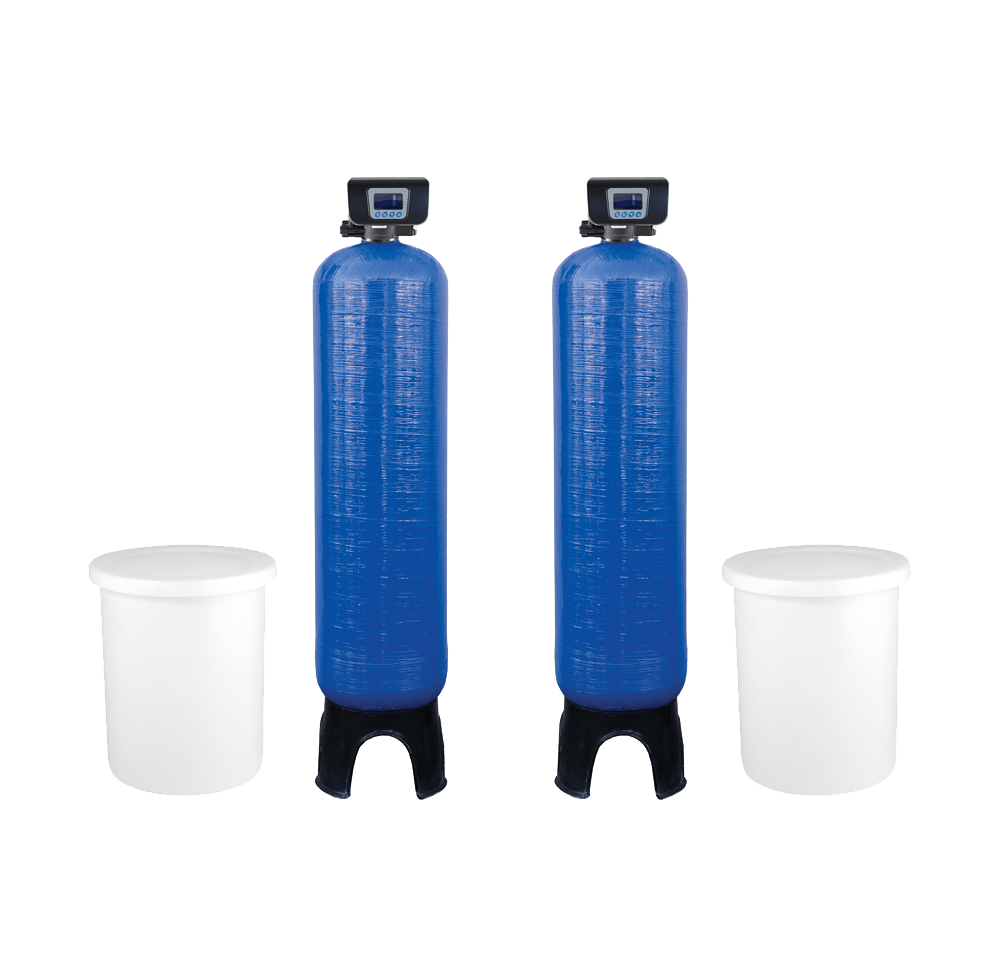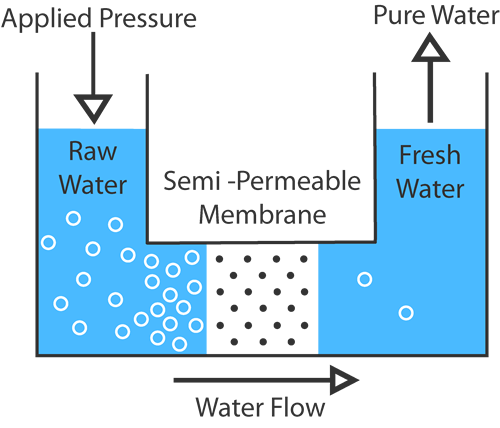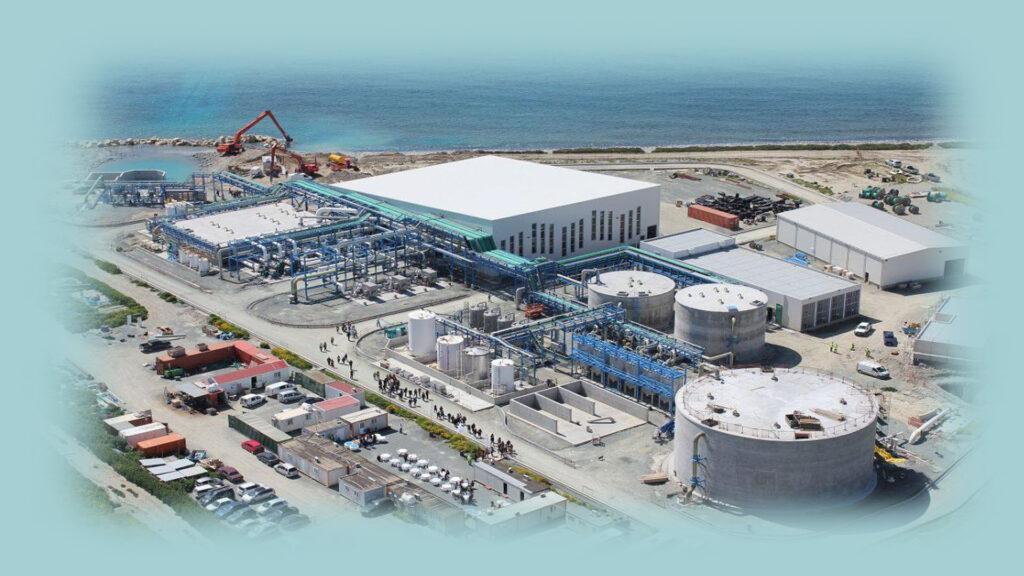Desalination Services
Puretech Water Systems (UK) Ltd offers a wide range of cutting-edge desalination plants.
Desalination Overview
Presently, most of the desalination systems tend to be for the purification of water with high saline content. For instance, seawater or some borehole waters that require the removal of salts and minerals for consumption.
On the whole, majority of desalination systems are installed on remote islands which have no towns mains water supply. Therefore, they require a desalination plant to treat the seawater to make it suitable for consumption.
Ocean salinity is primarily caused by rain washing mineral ions from the land into the water. Carbon dioxide from the air dissolves into rainwater, making it slightly acidic. Rain water weathers rocks thereby releasing mineral salts that separate into ions.
Designing bespoke desalination plants to suit various applications from our existing comprehensive portfolio is our specialism.
Our desalination processes are driven by Reverse Osmosis technologies.
Our System
What is a Water Softener?
A water softener is used to remove hardness from the incoming towns mains water supply.
For instance, this is achieved by removing the calcium and magnesium ions. These ions would otherwise cause scaling within a water system. Scaling can present itself in many ways.
Below is a list of the most common effects of scaling;
- Water heaters scaling impedes on their ability to heat water efficiently.
- Scaling on glassware such as shower screens and glasses is unhygienic and cosmetically unappealing.
- The scaling on tap outlets and scale build up within water holding tanks can have detrimental effects on systems.
Water softeners remove the calcium and magnesium ions and traps them on its filter surface which acts as a magnet.
Therefore, we exchange these calcium and magnesium ions for sodium ions which, in turn, creates softened water. Summing up, this results in water ready for consumption.
Find Out More
Chiefly, Puretech Water Systems (UK) Ltd specialise in water treatment and process filtration. Consequently, Puretech Water Systems (UK) Ltd work across multiple sectors providing water processing solutions.
Interested? Find out more about water softening systems with Puretech Water Systems (UK) Ltd.
Find more information here: https://puretechsystems.co.uk/water-softeners-explained/

How does Reverse Osmosis work?
Reverse Osmosis is a high-pressure water process which forces water to be treated through a semi permeable reverse osmosis membrane. So, the membrane has two outlet channels. One being the permeate water (Purified) which passes the heavily filtered water onto the point of use application. This purified water typically has around 98% of the incoming contaminants removed, such as dissolved salts, bacteria, organics and pyrogens.
On the other hand, the other outlet is where the rejected water (Concentrate) is sent directly to drain.
In some cases, this concentrate water can be re-circulated back to the front of the reverse osmosis plant and re-processed. In conclusion, this particular process can significantly reduce water wastage.
Find Out More
Chiefly, Puretech Water Systems (UK) Ltd specialise in water treatment and process filtration. Consequently, Puretech Water Systems (UK) Ltd work across multiple sectors providing water processing solutions.
Interested? Find out more about reverse osmosis systems with Puretech Water Systems (UK) Ltd.
Find more information here: https://puretechsystems.co.uk/what-is-reverse-osmosis/

What is Desalination?
Desalination Explained
Reverse osmosis membrane technology has developed over the past 40 years to become the most used method in desalination. Consequently, it is the most used practice worldwide in desalting production and desalination plants installed globally. Specifically, the technologies are applied to a variety of saltwater resources. Bespoke pre-treatment and membrane system design are pivotal.
Significantly, the two distinct branches of reverse osmosis desalination that have emerged are seawater reverse osmosis and brackish water reverse osmosis. Explicitly, the differences between the two water sources include, foulants, salinity, waste brine (concentrate) disposal options, and plant location. As a result, the differences between the two have created significant differences in process development and implementation.
The Application of Desalination
Emerging new technology in energy recovery and renewable energy, as well as innovative plant design, will allow greater use of desalination for inland and rural communities. By the same token, the technology can be implemented to provide more affordable water for large coastal cities.

Benefits of Desalination Water Systems


